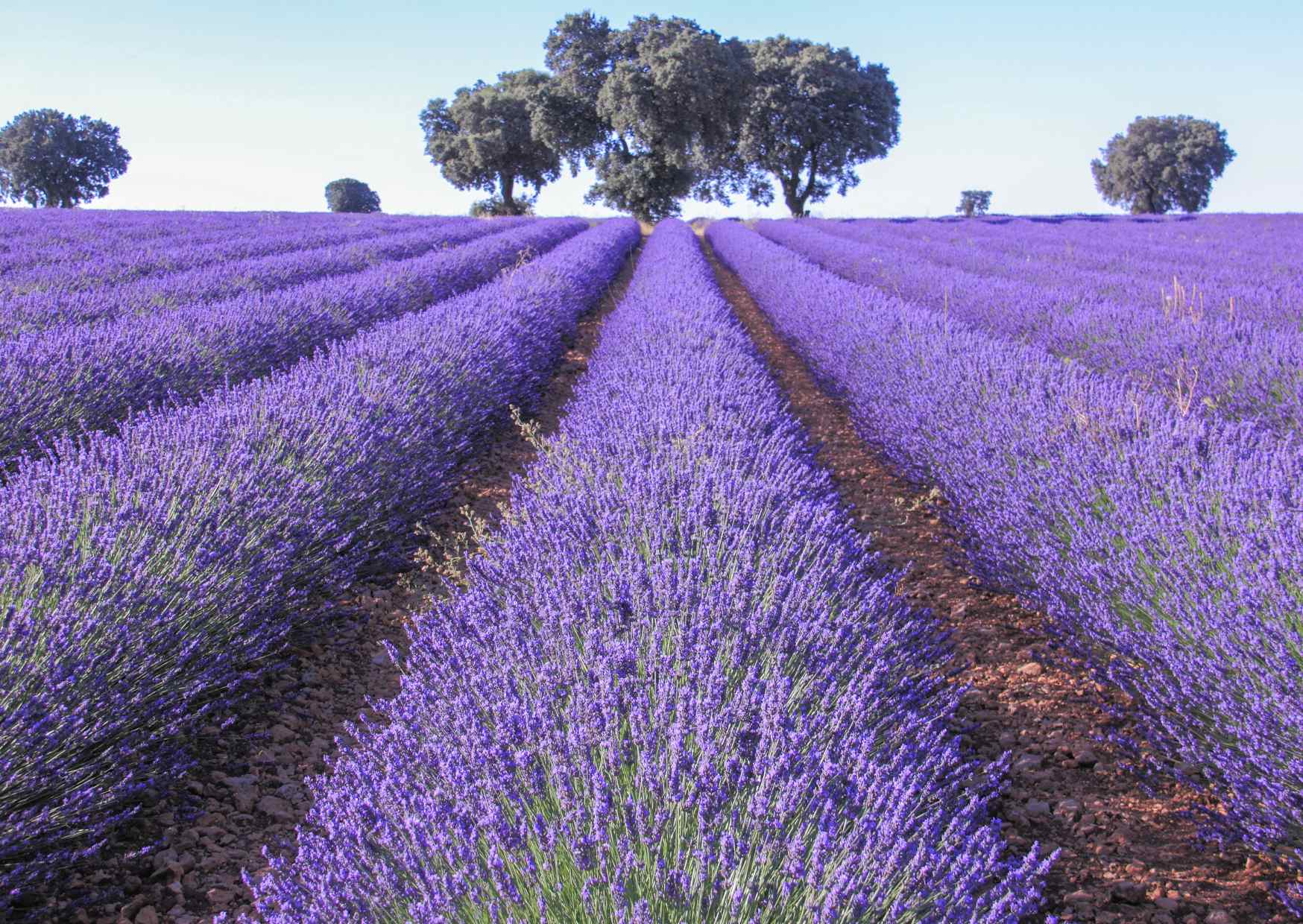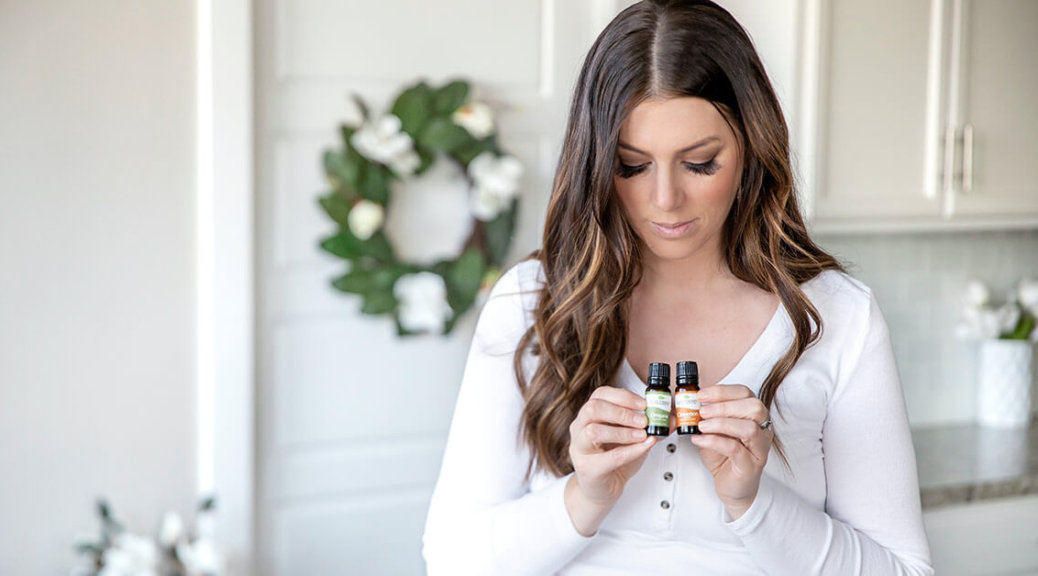At some point in your essential oil journey, you’ve probably wondered whether or not you could apply your essential oils undiluted. Some of you have probably taken a leap of faith and just did it. And a lot of you have probably heard a friend or loved one say that it was completely safe as long as the oils you’re using are 100% pure. Well, we’re here to tell you that applying essential oils undiluted (also known as “neat”) is not only wasteful but can actually be detrimental to your skin or overall well being.
Myth: If Your Oils are 100% Pure, They’re Completely Safe!
This is a common misconception that gets tossed around a lot in the aromatherapy community, especially in certain markets. In order to use essential oils safely and effectively, it’s important to understand that this is not even close to the truth. On the contrary, it’s because your essential oils are 100% pure and natural that they are not completely safe to use undiluted. Essential oils are heavily concentrated volatile oils found in and extracted from plants. These volatile oils are composed of hundreds, if not thousands, of different chemicals that make up the overall oil. It’s these different chemical constituents that give the essential oils their “magic powers”, but also what makes them potentially dangerous. Don’t worry, we’ll come back to this one.
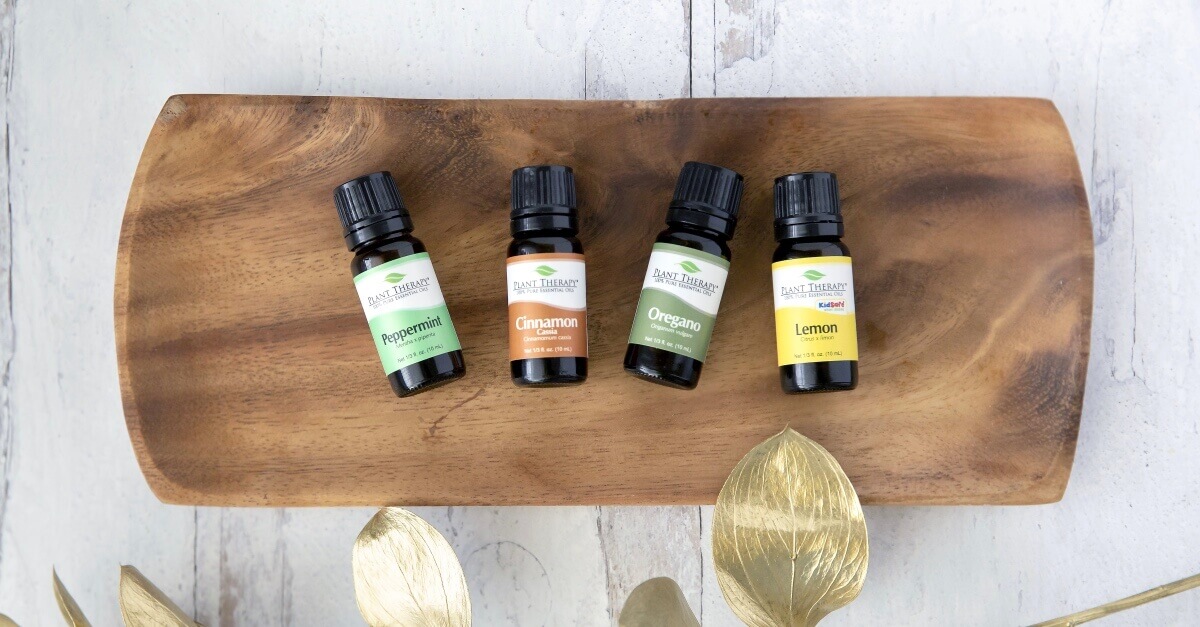
Some Oils Are Hot, While Some Are Cold
As an essential oil home enthusiast, it’s important to remember that not all oils are the same. Some of your oils can actually pack a pretty big punch. Cinnamon, for example, can be a very hot oil with a very low maximum dermal rate. A max dermal rate is the maximum rate at which you should dilute your essential oil. Anything higher than this can cause significant irritation and burning to the skin. It could also irritate your mucous membranes and respiratory tract. When diluted and applied to the skin, you’ll notice that Cinnamon, along with other hot oils like Oregano, provides a warming effect. When applied undiluted, these warming effects can become very hot, rather than warm, which can lead to burns on the skin or even sensitization.
While some are hot, there are a few oils that are cooling. Peppermint, for example, is very high in menthol, which gives it a cooling effect when applied topically or even inhaled. This cooling effect makes Peppermint Essential Oil great for alleviating discomfort. But using it undiluted can be too cooling and extremely uncomfortable. Much like Cinnamon, these properties can also lead to sensitization and burning, especially when applied to a large area of the body (which is also why Peppermint should never be used in the bath).
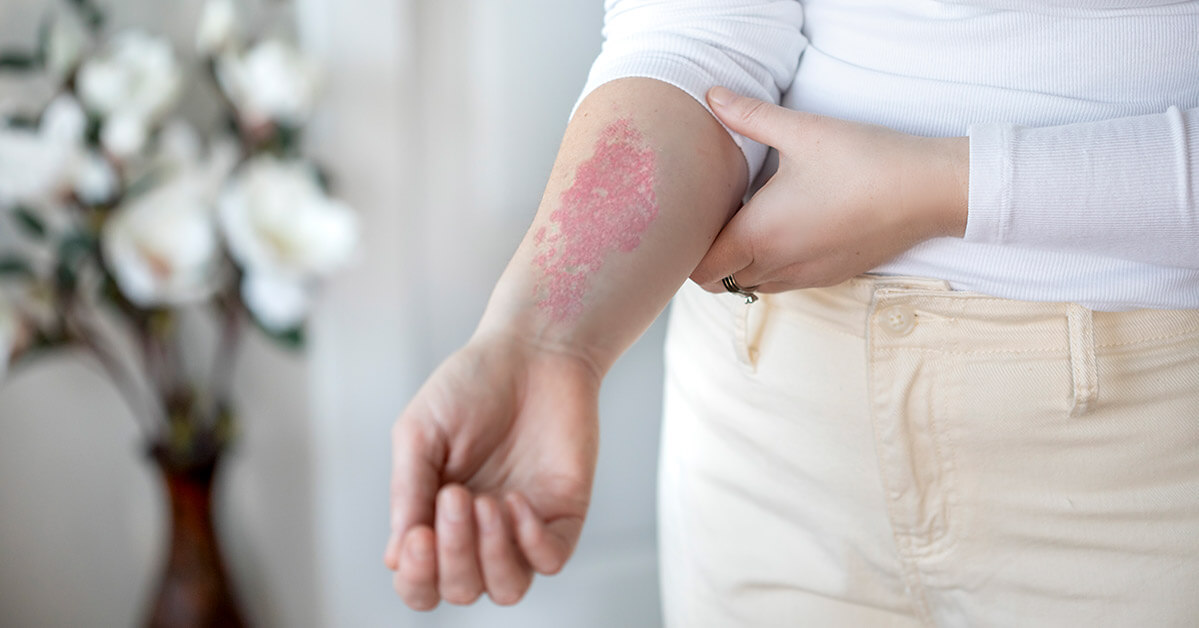
Using Oils Neat Increases Likelihood Of Sensitization
We’ve already mentioned it a time or two, but now’s the time to talk a little bit about sensitization. Sensitization, also known as allergic contact dermatitis (ACD), is an allergic immune response from the body. This immune response is essentially an allergic reaction where your body is saying enough is enough. Your body begins fighting off what it senses as a problem. These reactions often occur at the site of application, but not always. It can also occur at other sites of the body. For example, if you apply an essential oil to the arm, the reaction can occur on the chest, leg, or just about anywhere else on the body. Some common signs of sensitization include itchy skin, bumpy rash, shortness of breath, and tightness in the chest.
By applying essential oils undiluted on the skin over time, your body can begin to trigger an immune response which can lead to sensitization. When you dilute your essential oils, you decrease the likelihood of this happening. This is important to remember when you’re choosing whether or not to dilute, or which dilution you’re choosing to use. The higher the dilution, the more likely you are to become sensitized. The lower your dilution, the less likely you are to become sensitized. Generally, we recommend sticking to a 1-2% dilution. Some oils, as stated above, require a much lower dilution than that. Always pay attention to the max dermal rates listed on bottles or product pages to avoid any unnecessary risks.
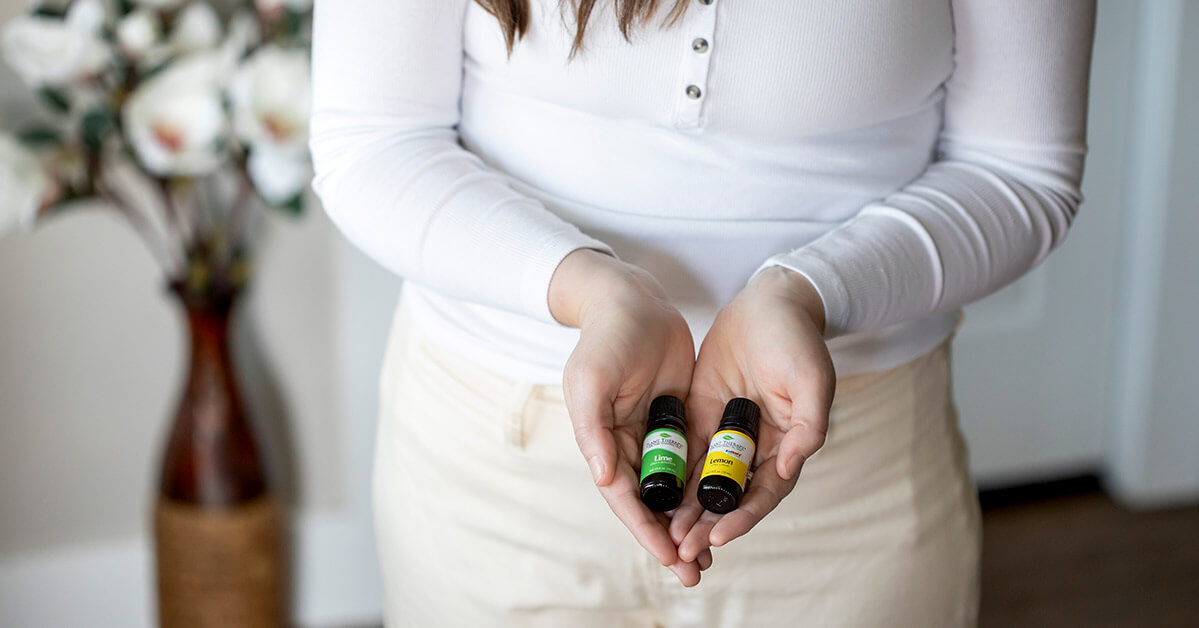
Some Essential Oils Are Phototoxic
Phototoxic? What does that mean? The term “phototoxic” or “phototoxicity” just means that there are specific essential oils that can cause pretty significant damage that when you put them on your skin and go out into the sun. The effects of phototoxic oils include severe burning, blistering, and discoloration. While phototoxicity should not be taken lightly, it’s not something to stress about when you follow proper dilution recommendations.
Two examples of highly phototoxic oils are Cold-Pressed Lemon and Cold-Pressed Lime. In order to avoid phototoxic concerns, Lemon must be diluted at 2% or less, and Lime must be diluted at 0.7%. It’s important to remember that phototoxic reactions can occur up to 18 hours after the oil has been applied to the skin and then exposed to UV light. So even if a reaction doesn’t occur right away, don’t dismiss the idea, it could still happen. A great option for avoiding a phototoxic reaction altogether is to use a personal inhaler.
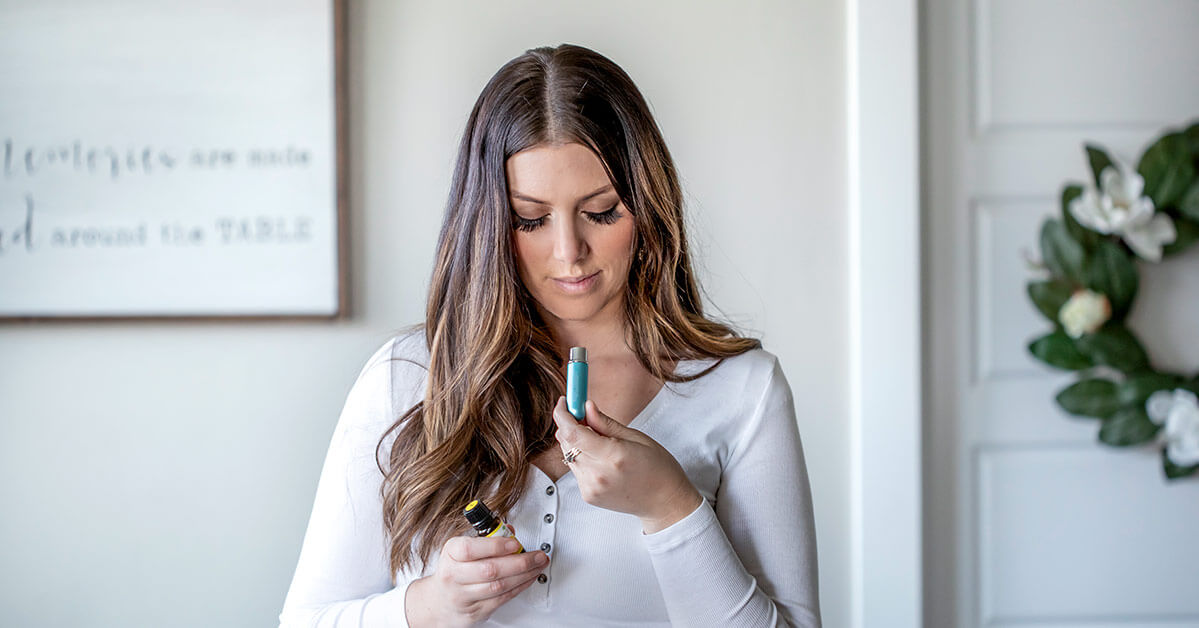
Applying Essential Oils Undiluted Is Wasteful
Essential oils are powerful, volatile oils, that have the potential and ability to change our lives for the better. They can help promote uplifting environments, calm rampant emotions, soothe irritated skin, and much more. And they have this ability, even when diluted. According to Andrea Butje, a renowned essential oil educator, it takes every petal from nearly 30-50 roses to produce ONE drop of Rose Essential Oil. It takes approximately 3 pounds of lavender buds to produce a 15ml bottle of Lavender Essential Oil. When you put all of that into perspective, applying essential oils undiluted isn’t economical and it’s definitely not sustainable.
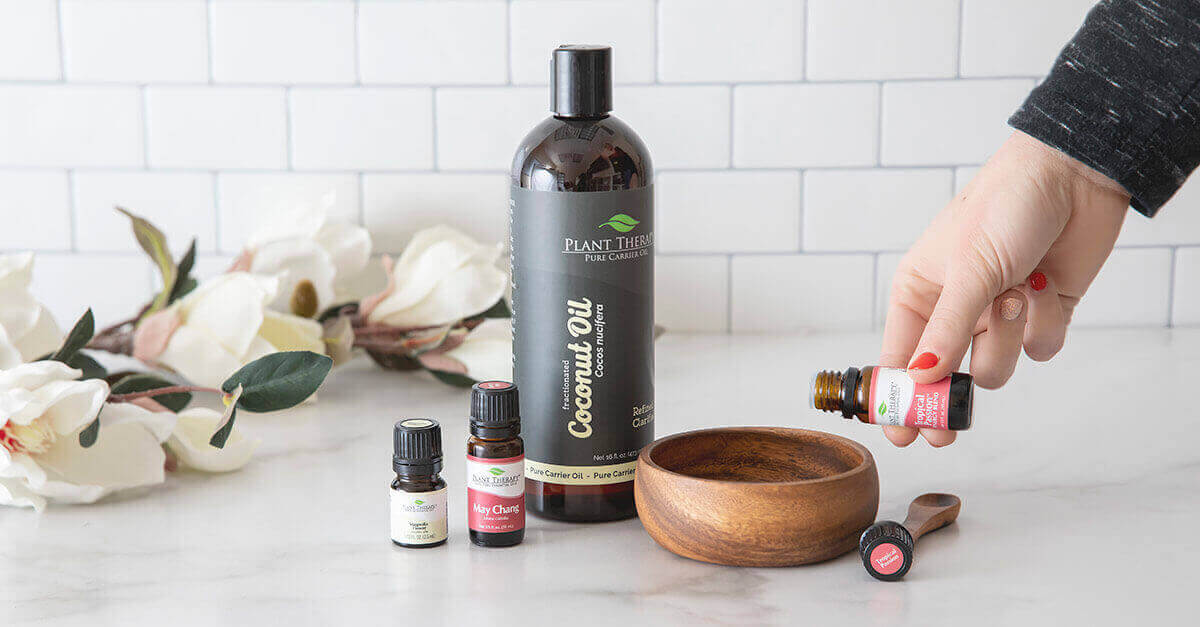
How To Dilute Your Essential Oils
Diluting essential oils is not hard to do at all. The first thing you have to do is choose a carrier oil. For those of you unfamiliar with carrier oils or need a little more help understanding them, I would suggest checking out our blog post, Carrier Oils: Everything You’ve Ever Wanted to Know. Next, you want to choose your dilution rate, and figure out how much essential oil and carrier oil you need. Check out our blog post, How to Dilute Essential Oils: A Comprehensive Guide, for more detailed instructions on dilution. It’s also important to know what to do in an essential oil emergency, so while you are busy studying, definitely also check out our blog post on what to do in an essential oil emergency here.
by Plant Therapy
